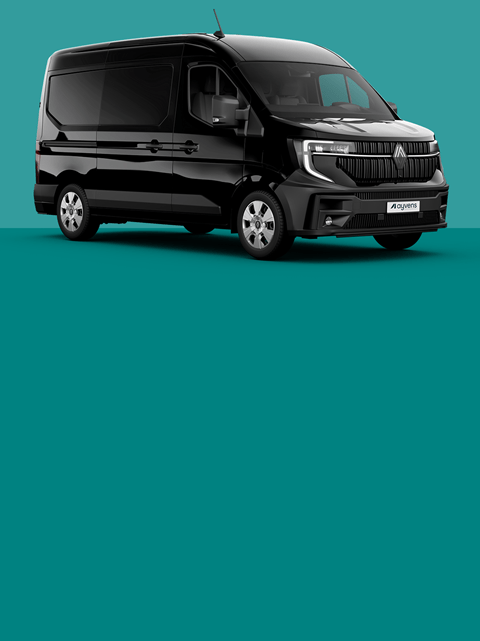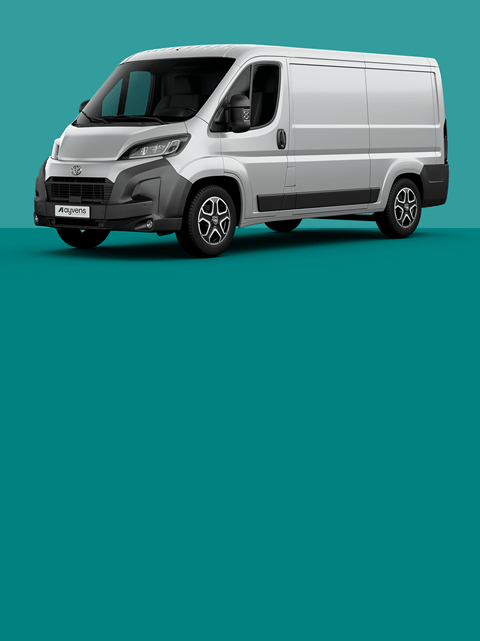
Renault Master vs Toyota Proace Max
When it comes to choosing a commercial vehicle, the Renault Master and Toyota Proace Max are two formidable contenders. Both vans offer a blend of performance, efficiency, and practicality, making them ideal for businesses looking to enhance their fleet. In this article, we will delve into the specifications, features, and overall value of these two vehicles to help you make an informed decision. But first, which one do you think will suit your business needs better?
Renault Master | Toyota Proace Max |
|---|---|
Overall length / height / width (mm): 6312 / 2500 / 2070 | Overall length / height / width (mm): 5998 / 2522 / 2050 |
| Load length / width / height (mm): 3857 / 1885 / 1885 | Load length / width / height (mm): 3705 / 1932 / 1870 |
Load volume: 13 m³ | Load volume: 15 m³ |
| Gross payload: 1386 kg | Gross payload: 1265 kg |
| Towing limit: 2500 kg | Towing limit: 2500 kg |
| Wheelbase: 4215 mm | Wheelbase: 4035 mm |
| CO2 emission: 203 g/km | CO2 emission: 215 g/km |
| Transmission: 6spd manual | Transmission: 6 spd manual |
| Top speed: 161 km/h | Top speed: 153 km/h |
*The images may vary from the actual version.

Power and performance
The 2025 Renault Master offers various powertrain options, including the E-Tech electric version with a range of up to 459 km on a single charge. This makes it an excellent choice for businesses aiming to reduce their carbon footprint while maintaining efficiency. The diesel variant features Blue dCi engines with 130hp or 150hp, paired with either a 6-speed manual or 9-speed automatic transmission, ensuring robust performance and smooth driving.
On the other hand, the Toyota Proace Max L2H2 35 2.2D 140HP comes with a 2.2-litre turbodiesel engine, delivering 138 HP and 350 Nm of torque, and a combined WLTP rating of 36 MPG. It also has an electric variant with a 110 kWh battery, offering a range of up to 418 km. Both vehicles are designed to meet the demands of modern businesses, providing reliability, cost-effectiveness, and the versatility needed to tackle various tasks.

Interior and comfort
The Renault Master is designed with the driver in mind, featuring a mobile office setup in the cabin. The 10” screen with openR link multimedia system ensures seamless connectivity and navigation. The Master also offers a spacious cargo area with a loading capacity of up to 1625 kg, making it ideal for transporting goods and equipment.
The Toyota Proace Max provides a comfortable and functional interior, with a focus on practicality. The van's cargo area is designed to accommodate various business needs, with a load volume of up to 17 cubic metres. The Proace Max also features advanced safety systems, including ventilated disc brakes and electric rack and pinion steering, ensuring a smooth and secure driving experience.

Style and design
The Renault Master’s exterior design is both modern and aerodynamic. Every detail has been subjected to wind tunnel analysis to improve air flow management. The van's robust front grille and new era aerodynamic design not only enhance its appearance but also contribute to its overall performance.
The Toyota Proace Max features a sleek and practical design, with dimensions that cater to various business requirements. The van's exterior includes a large sliding side door and rear door, making loading and unloading effortless. The Proace Max’s aerodynamic drag coefficient ensures optimal fuel efficiency and performance.
Final verdict: which van is right for you?
Both the Renault Master and Toyota Proace Max offer exceptional value for businesses looking to invest in a reliable commercial vehicle. The Renault Master stands out with its innovative electric variant and driver-oriented features, while the Toyota Proace Max excels in fuel efficiency and practical design.
For small businesses, the Renault Master’s versatility and eco-friendly options may be ideal. Larger companies might benefit from the Toyota Proace Max’s robust performance and fuel efficiency. Ultimately, the choice between these two vans will depend on your specific business needs and preferences. So, which one do you think will drive your business forward?


